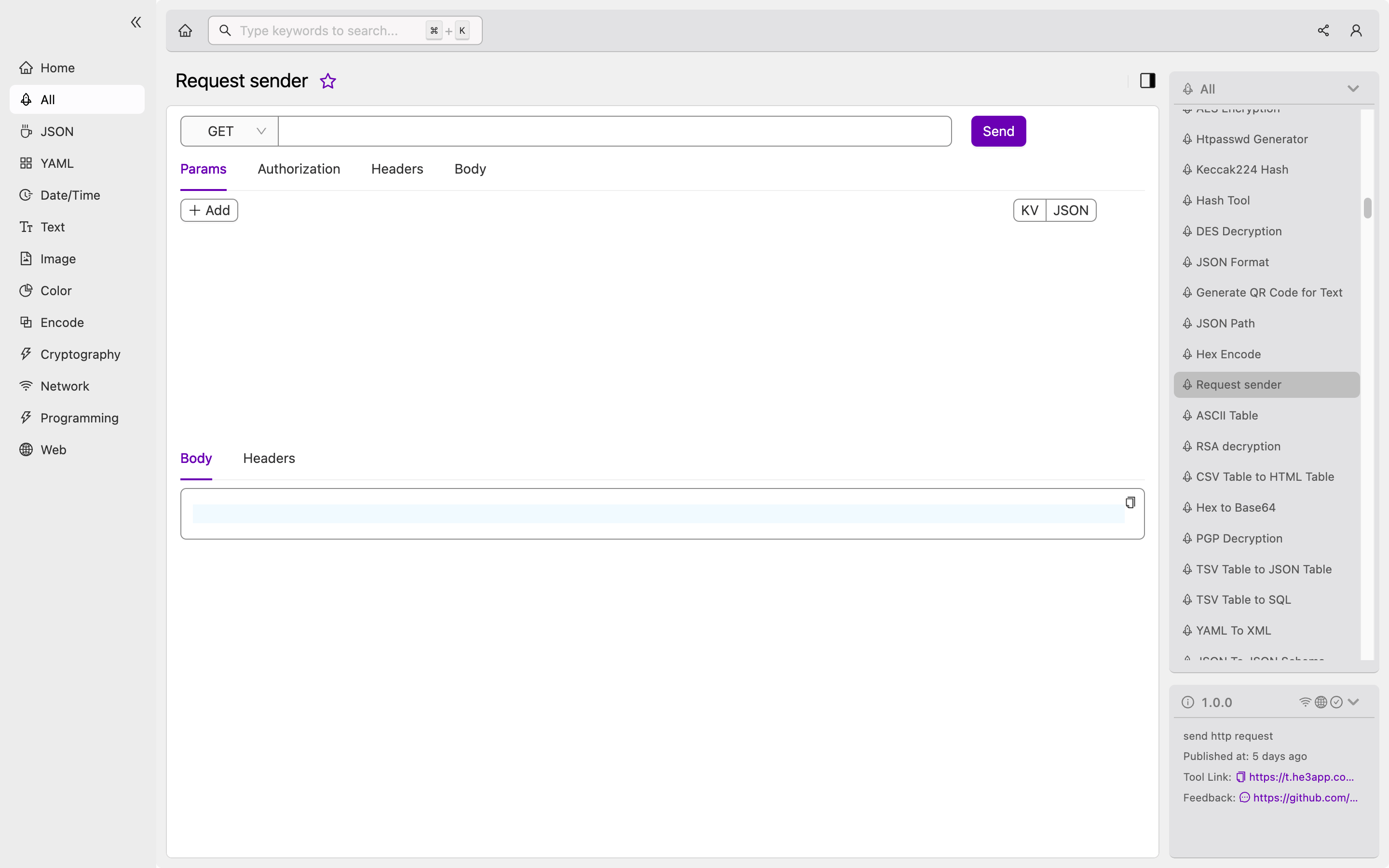Introduction
Request Sender is a tool that allows developers to send API requests from a client to a server. It makes use of the HTTP protocol to send requests and receive responses. With Request Sender, developers can easily check and verify API endpoints, test the backend server’s functionality, and debug issues.
How it Works
When a client sends a request to a server, the server processes it and sends back a response to the client. Request Sender mimics a client by sending HTTP requests to a server and capturing the responses. A request typically includes the following:
- HTTP method (GET, POST, PUT, DELETE, etc.)
- Uniform Resource Identifier (URI) to identify the resource on the server
- HTTP headers containing metadata, such as authentication credentials or custom data
- Request body, if applicable
Once the server receives the request, it will process it by executing the necessary logic, accessing the database, or performing any other required operations. Finally, the server responds with an HTTP status code, headers, and a response body.
Scenarios for Developers
Developers can use Request Sender in various scenarios, including:
- Testing API endpoints to ensure they function correctly
- Simulating client requests to debug and troubleshoot issues
- Validating response data from the server
- Creating quick and lightweight client-side applications and tools without a server
Sample Code and Commands
Below is an example of how to use Request Sender in Python:
import requests
response = requests.get('https://example.com')
print(response.content)Alternatively, you can use Request Sender tool in He3 Toolbox (https://t.he3app.com?dxn4) easily.

Key Features
Request Sender offers a range of key features for developers, including:
| Feature | Description |
|---|---|
| Easy-to-use interface | Developers can easily manage and send HTTP requests using Request Sender’s interface |
| API endpoint testing | A built-in testing framework allows developers to test API endpoints easily |
| Request history | Developers can quickly access their request history, making debugging easier |
| Code generation | The tool generates code snippets in various programming languages to integrate with developers’ workflows |
Misconceptions and FAQs
Q: Do I need to be an expert in HTTP to use Request Sender? A: No, Request Sender is suitable for developers of all levels, from beginners to experienced.
Q: Can I use Request Sender for REST APIs only? A: No, you can use it for SOAP APIs, GraphQL APIs, and other types of APIs.
Conclusion
In conclusion, Request Sender is an essential tool for developers when it comes to API development and testing. It allows developers to check and verify API endpoints, test server functionality, and debug issues efficiently. With the user-friendly interface and testing framework, developers can ensure their APIs meet the highest standards. To learn more about Request Sender, consult the Wikipedia page [https://en.wikipedia.org/wiki/Hypertext_Transfer_Protocol].